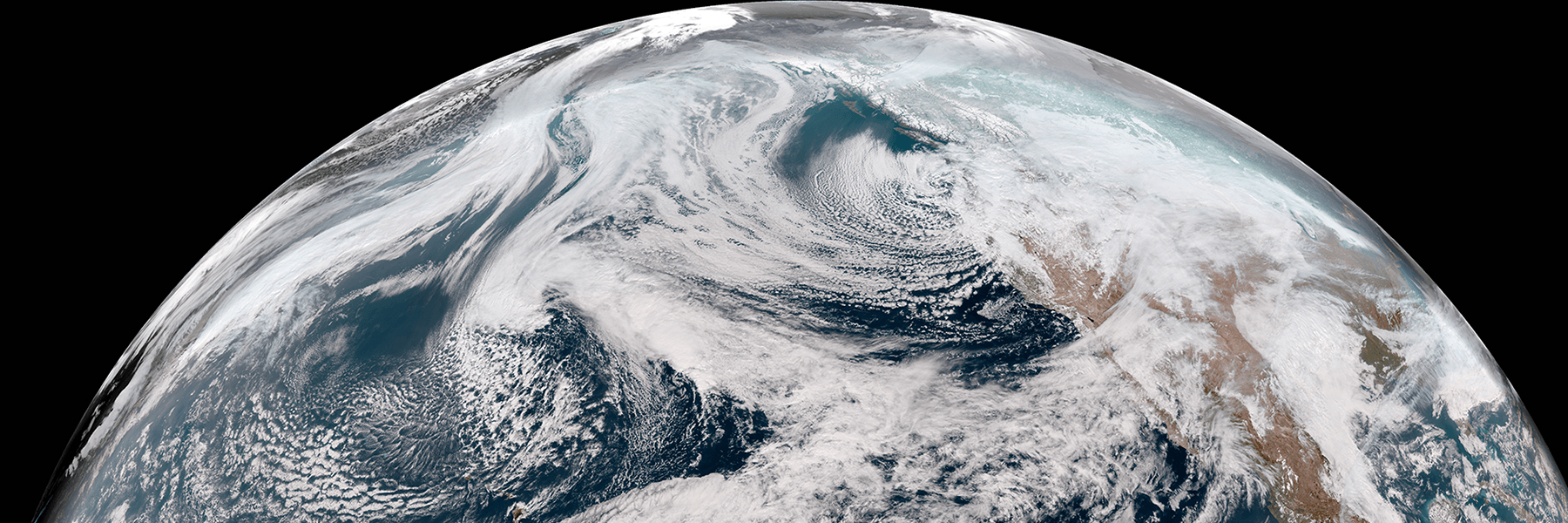Study suggests improved tropical forecasts can lead to more accurate 2-4 week U.S. predictions

Sometimes weather in one part of the globe can affect weather in faraway regions, a process known as a "teleconnection." One important teleconnection occurs when weather in the tropics influences the storm track in the North Pacific, which subsequently impacts United States weather systems a few days to a couple of weeks later. One implication of this teleconnection is that errors in tropical forecasts can cause significant forecast errors in distant regions at later times. For example, a poor forecast over Indonesia can cause subsequent deterioration of the forecast over North America in the following days to weeks.
In a new study to be published in Monthly Weather Review, NOAA and CIRES scientists at the Physical Sciences Laboratory evaluate the relationship between NOAA’s Global Forecast System tropical and extratropical forecasts by applying a modeling technique known as relaxation, or nudging. The approach effectively removes tropical forecast errors by forcing the model towards reanalysis over that region, while allowing the prediction system to run freely everywhere else. By comparing a large set of standard and nudged reforecasts, the researchers show that improvements in tropical forecasts are likely to lead to more accurate weeks 2-4 winter predictions over the United States.
This study shows that there is roughly a one-week lagged response between a reduction of forecast errors in the tropics and a prediction improvement over the northern hemisphere. Precipitation subseasonal predictions over the northeast Pacific and the western United States are particularly sensitive to tropical forecast errors, where the tropical areas closest to the equator are of primary importance in these low-to-high latitude lagged forecast linkages. The experiments for this study also confirm the fundamental role of tropical atmospheric circulation as the pathway for forecast errors to spread from low to middle latitudes.
This study highlights the role of the tropics as a remote source of weeks 2-4 predictive skill over the United States. This is important because it emphasizes the tangible benefits of improving weeks 1-2 tropical forecasts that would lead to not only more accurate local forecasts, but also to more skillful weeks 2-4 predictions over the United States.
Dias, Juliana, Stefan N. Tulich*, Maria Gehne*, George N. Kiladis (2021): Tropical origins of Weeks 2-4 forecasts errors during Northern Hemisphere cool season. Mon. Wea. Rev., https://doi.org/10.1175/MWR-D-21-0020.1. (PSL Authors Bolded; *CIRES)
Posted: June 25, 2021